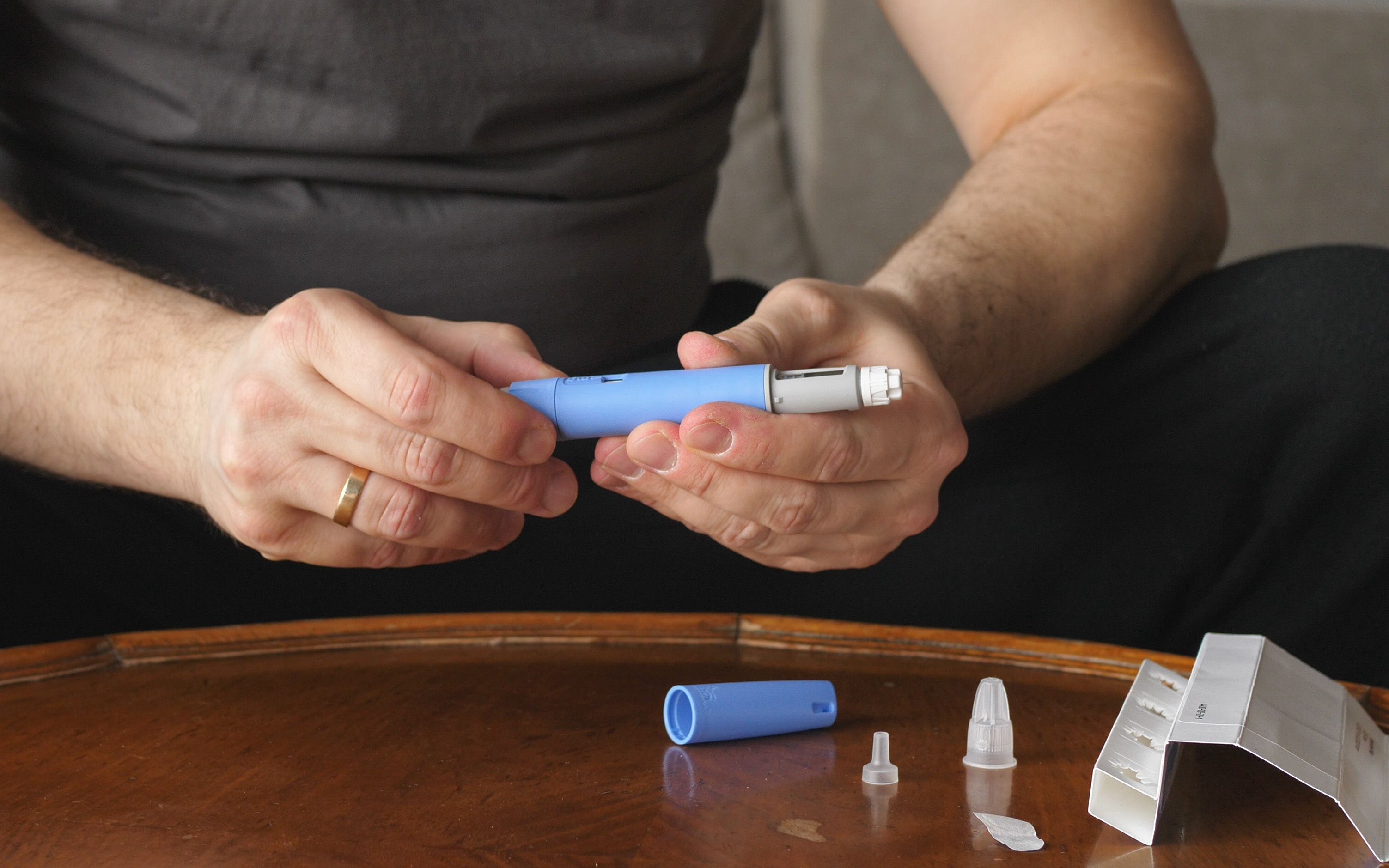- Case-Based Roundtable
- General Dermatology
- Eczema
- Chronic Hand Eczema
- Alopecia
- Aesthetics
- Vitiligo
- COVID-19
- Actinic Keratosis
- Precision Medicine and Biologics
- Rare Disease
- Wound Care
- Rosacea
- Psoriasis
- Psoriatic Arthritis
- Atopic Dermatitis
- Melasma
- NP and PA
- Skin Cancer
- Hidradenitis Suppurativa
- Drug Watch
- Pigmentary Disorders
- Acne
- Pediatric Dermatology
- Practice Management
- Prurigo Nodularis
- Buy-and-Bill
Publication
Article
Dermatology Times
Tips for next-level injectable treatments
Dr. Heidi Waldorf offers dos and don’ts for neurotoxins and dermal fillers to differentiate the aesthetic practice.
Competition for aesthetic patients is increasing, making it necessary for most cosmetic practices to stand out or stand back. Using botulinum toxin, fillers and energy devices creatively can differentiate cosmetic practice, according to dermatologist Heidi A. Waldorf, M.D., of Waldorf Dermatology Aesthetics in Nanuet, N.Y.
“In this day and age when everyone - including docs from other non-cosmetic specialties, no specialty and every NP, PA, RN and esthetician (depending on the state) - is advertising every procedure in our armamentarium, the only way to build a thriving aesthetic practice is the old way: be better,” says Dr. Waldorf. “Distinguishing yourself as an aesthetic expert is as much about what you do as [what] you don’t do.”
Dr. Waldorf says there are dos and don’ts that show “aesthetic sophistication” when using botulinum toxin, fillers and energy-based devices. These tips can help aesthetic practices thrive despite the growing competition.
Botulinum Toxin Don’ts
Don’t Treat the Forehead and Glabella Simultaneously.
Dermatologists shouldn’t think they need to treat the forehead at the same time as the glabella for first-time patients, according to Dr. Waldorf.
“The number one complaint I hear from patients who have had toxin elsewhere is that their lines were gone but their brows were heavy,” Dr. Waldorf says. “On a first-time toxin patient who has any brow ptosis or lid hooding, treat the glabella first then bring the patient back in two to three weeks to assess the frontalis and treat if appropriate.”
Another botulinum toxin don’t: Don’t overtreat the periorbital area.
“A sincere smile of enjoyment, called the Duchenne smile, requires some movement of the periorbital muscles - smiling with the eyes or ‘smizing.’ If you overtreat the orbicularis oculi in order to remove all the movement that causes crow’s feet, the smile appears fake,” Dr. Waldorf says.
Botulinum Toxin Dos
BUNNY LINES. Dr. Waldorf says do treat bunny lines that appear on the sides of the nose during frowning.
CHIN. Do treat depressors of the chin - the depressor anguli oris or mentalis, where a few units of botulinum toxin can make a big difference.
PLATYSMA BANDS. Do treat the platysma preventively to reduce pull on the jawline, she says.
MASSETERS. And do treat the masseters in a patient with obvious squaring of the jaw and palpable strong muscles.
“Nine out of ten times, if you ask the patient if he or she has TMJ or teeth grinding, the answer will be yes. The patient gets the benefit of aesthetic and symptomatic improvement,” Dr. Waldorf says.
Filler Don’ts
When treating patients with fillers, Don’t paint by numbers, according to Dr. Waldorf.
“There is no ‘right’ amount to inject or injection point that works for every patient,” she says. “Look at the patient’s face and keep looking as you treat.”
Another don’t: Don’t treat lips on a patient who doesn’t have the perioral and facial support for lips. The message, according to Dr. Waldorf, is don’t overdo filler anywhere. Less is more.
Filler Dos
HANDS. Treat the hands, according to Dr. Waldorf.
“Patients are more likely to ask about hands in terms of brown spots and texture, but introduce the idea of hand filler when they complain of getting their mother’s hands,” she says.
NECK & CHEST. Another area that’s a do: the necklace lines of the neck. Dr. Waldorf recommends using a superficial filler like diluted Belotero (hyaluronic acid, Merz Aesthetics). To treat the crepey skin on the neck and chest, she uses hyperdilute Radiesse (calcium hydroxylapatite [CaHA], Merz Aesthetics) or Sculptra (injectable poly-L-lactic acid (PLLA)/Galderma), which are biostimulators.
Do combine tightening treatments like Ultherapy (ultrasound therapy, Merz Aesthetics) with biostimulatory fillers, such as hyperdilute Radiesse and Sculptra for the neck and chest, according to Dr. Waldorf.
EARLOBES. Do pay attention to the earlobes. Dr. Waldorf’s tip is to save a little of the hyaluronic acid or CaHA filler that one might use on a patient’s face to re-plump and reshape the earlobes. The added touch is especially satisfying for the older patient or the post-facelift patient. It gives a more youthful appearance and holds earring up more evenly, Dr. Waldorf says.
NOSE. Treat the nose. Filler treatment for noses is called a noninvasive rhinoplasty or liquid rhinoplasty. While fillers won’t mimic the results of a surgical rhinoplasty, a liquid rhinoplasty can be used to reshape the nose by narrowing and raising the bridge and dorsum, camouflaging a dorsal hump and raising the tip, according to Dr. Waldorf. Dermatologists might introduce the option of a liquid rhinoplasty as part of a holistic facial rejuvenation, she says.
JAWLINE & CHIN. A final filler do: Treat the jawline and chin. Treat not only the pre-jowl sulcus, which can square the bottom of the face, but extend the chin anteriorly and create definition, Dr. Waldorf says.
Using botulinum toxin, fillers and energy devices creatively differentiates cosmetic practices, according to Dr. Waldorf. But to get the most out of these dos and don’ts, Dr. Waldorf says dermatologists should be sure to remember one general don’t:
“Whatever you do, don’t promise surgical results without surgery,” she says.
Disclosures:
Dr. Waldorf is a Merz advisory board member, speaker; Allergan advisory board member, speaker; Galderma advisory board member; Evolus advisory board member; Revance advisory board member, investigator; and Sinclair advisory board member, speaker.






